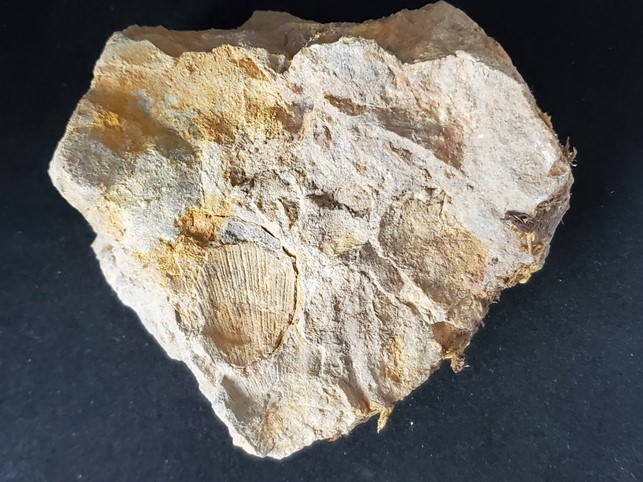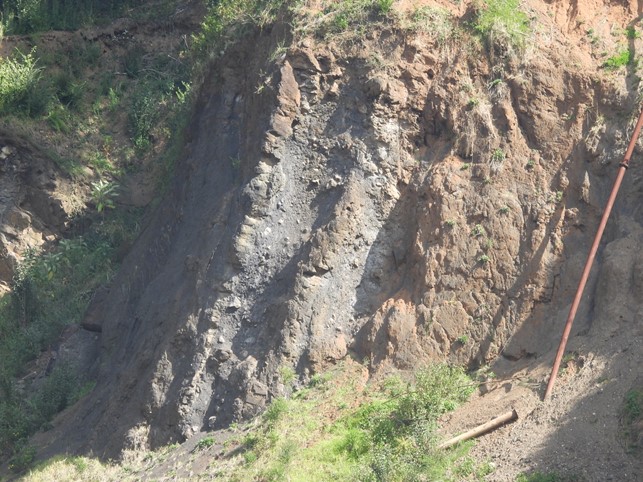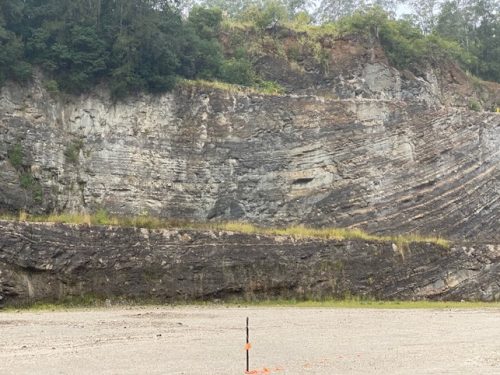Hornsby–Thornleigh
The Hornsby–Thornleigh diatreme complex is the largest known in the Sydney Basin and almost certainly one of the largest globally. Its only real competitor locally is the Nortons Basin system near Wallacia south of Penrith. That long, narrow one is not fully exposed and could easily be longer in its main length, but is only roughly half of Hornsby’s width.
The Hornsby-Thornleigh diatreme system is a complex, north-east trending body of breccias 2.6 km long and up to half a km wide, including its isolated Thornleigh diatreme “child”. It’s distorted in its north by east-west cross fractures. The general plan shape could be viewed as consistent with north-east directed transtensional stress, though fracture intersections may play a bigger role.
In classic diatremes like Hornsby and Black Butte, Montana, fragmentals form layers that are dished and steepen abruptly towards their margins, which are complex ring fractures showing fault drag and carrying slices of diatreme and wall rocks. Conjecturally the drag effects are driven by progressive subsidence into space created by source magma chambers that are emptying, as in calderas. In Montana’s Black Butte and Bullwhacker Coulee diatremes, downdropped clasts of well-documented local stratigraphy have led to reliable estimates of subsidence of more than 1 km. The drag-steepened layering exposed in Hornsby Quarry is a particularly wide zone exceeding 70 metres true width and extending beyond the south-west corner of the quarry wall.
Access: Currently difficult while Hornsby Quarry Park is under development. A guided walk is the better option to view the sections closer to the Hornsby Quarry. Parking available in the streets at the various entrance sites.
Hornsby Quarry in 2020 with closeup of dished layering

Shells of Permian marine fossils in diatreme carried from 2 km depth in Thornleigh diatreme

Shells of Permian marine fossils in diatreme carried from 2 km depth in Thornleigh diatreme

Critically endangered blue gum high forest in Hornsby diatreme

Closeup of steeply dipping volcanic breccia on south-west corner of quarry wall

Closeup of layering in 2016

